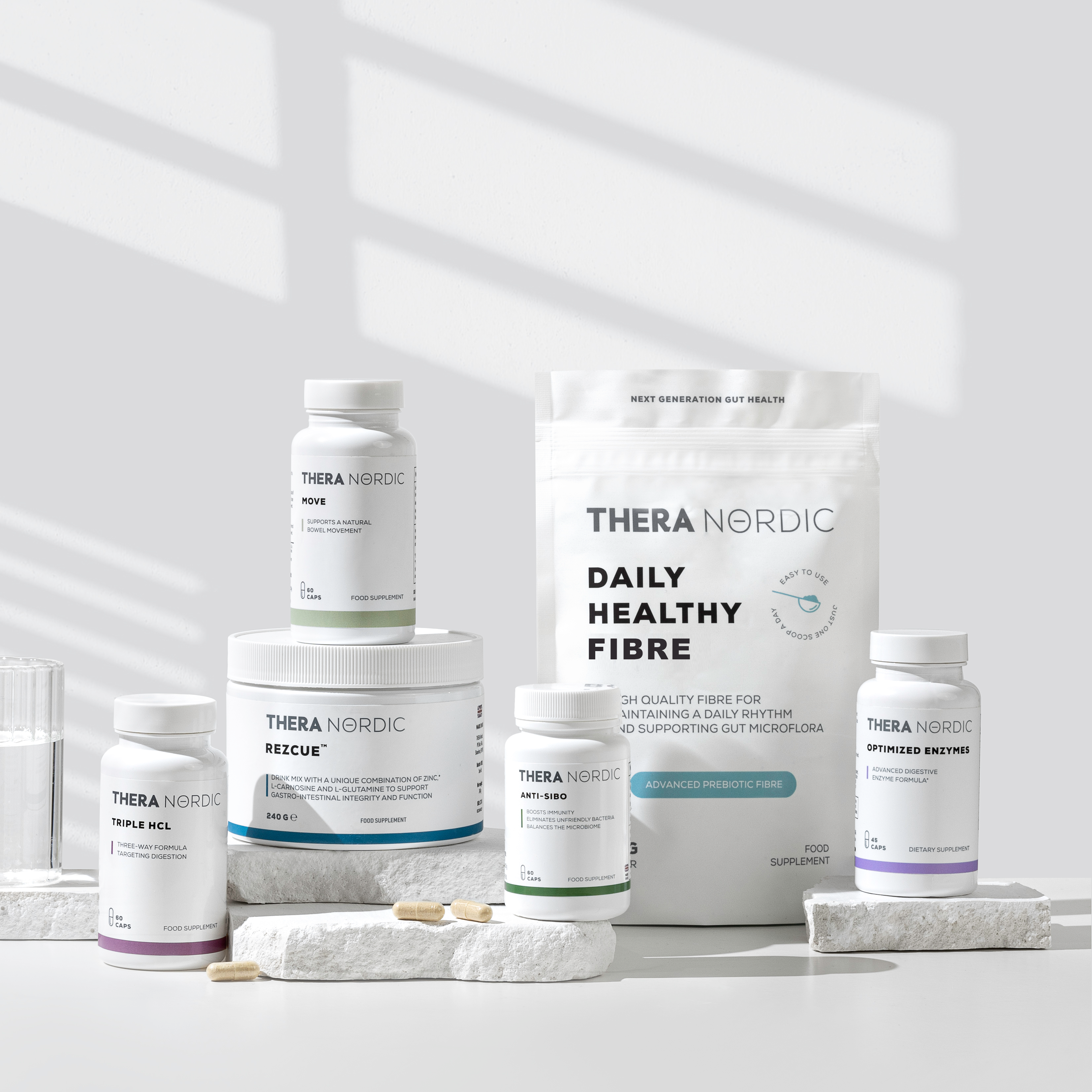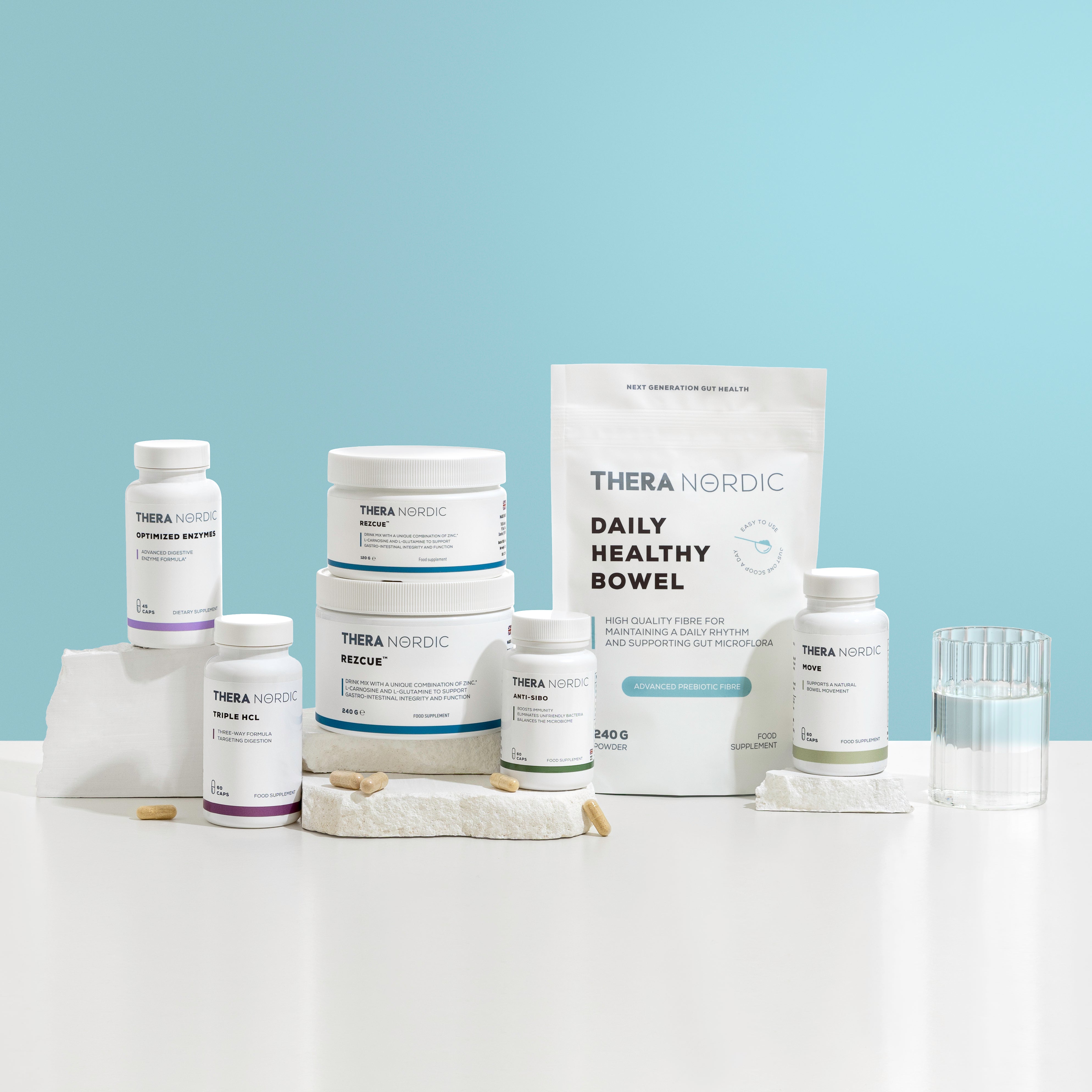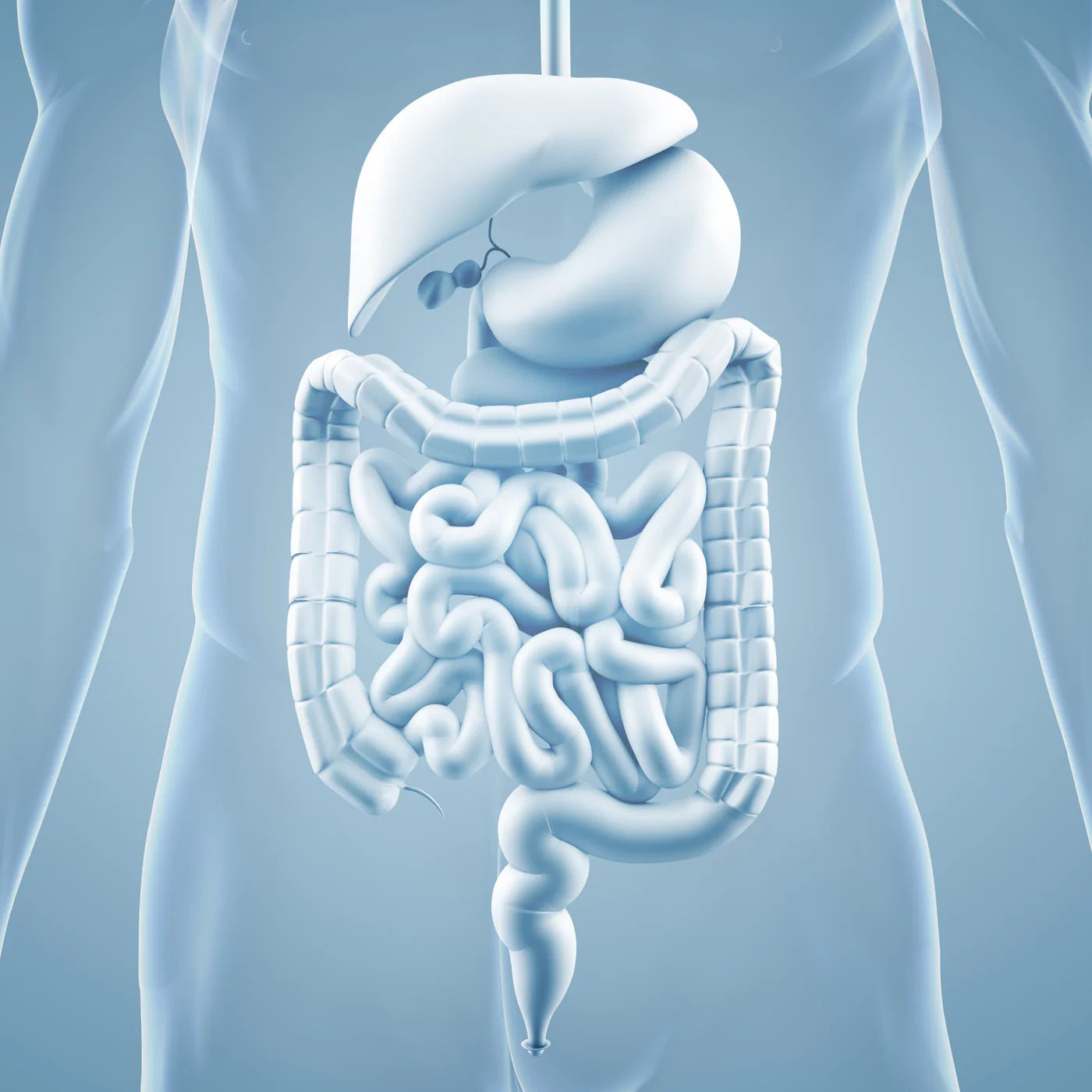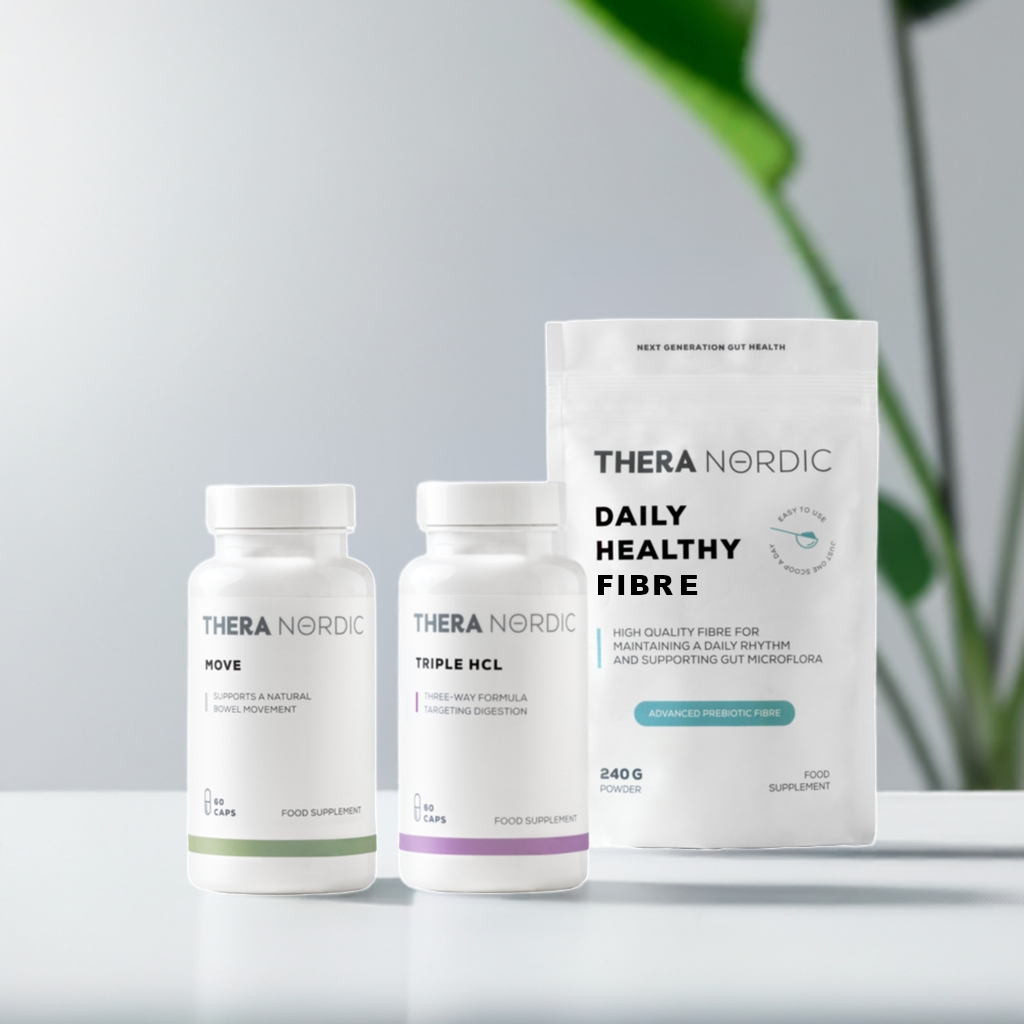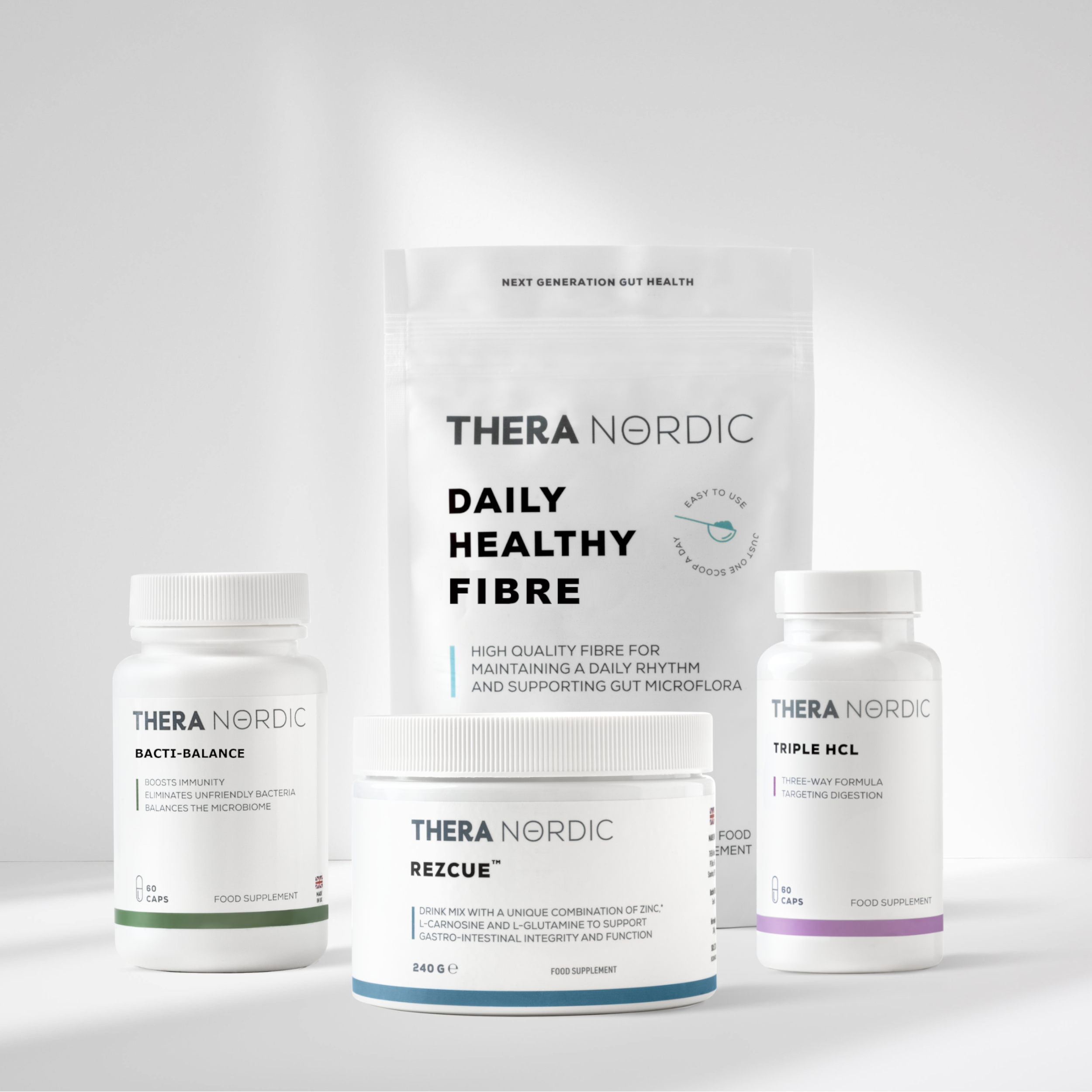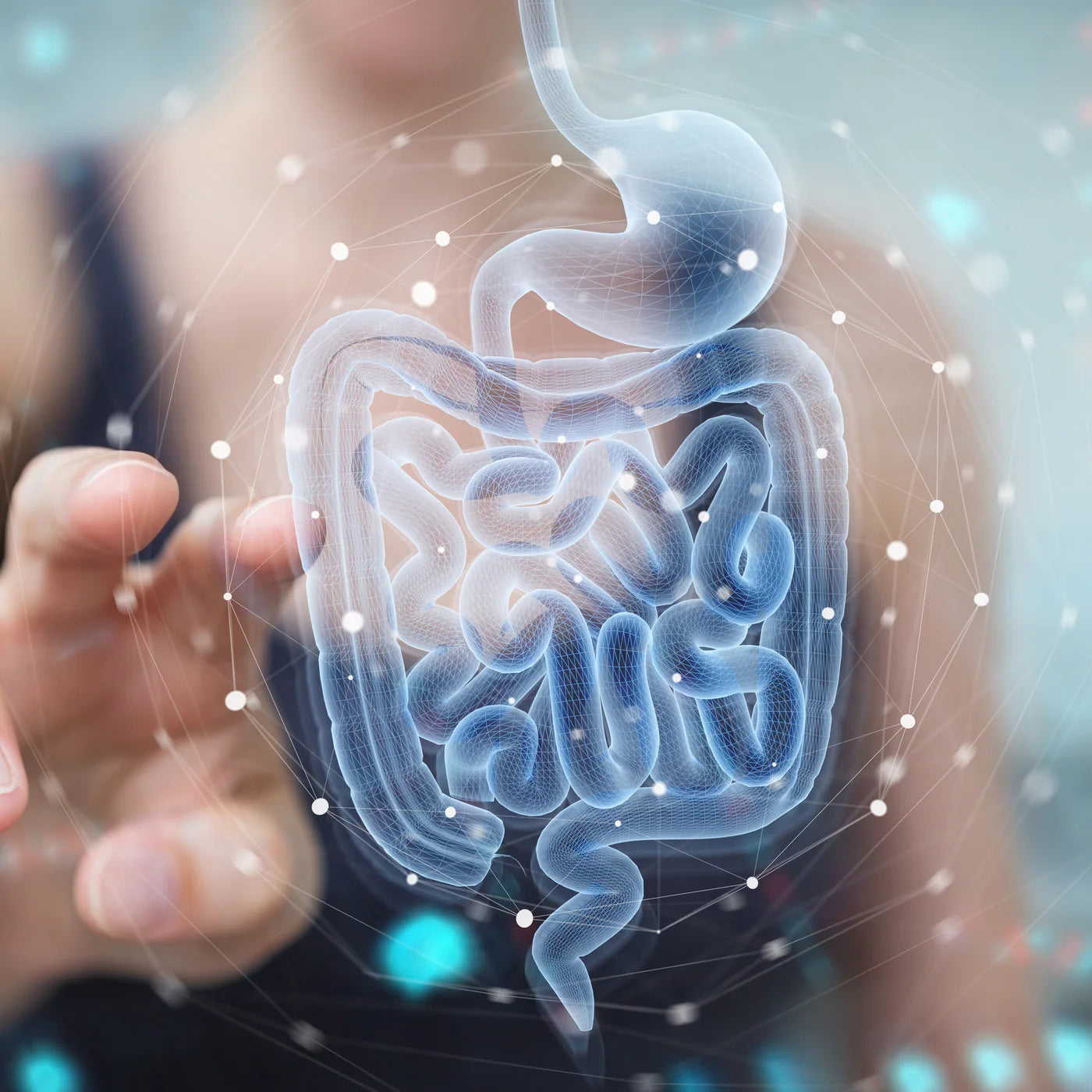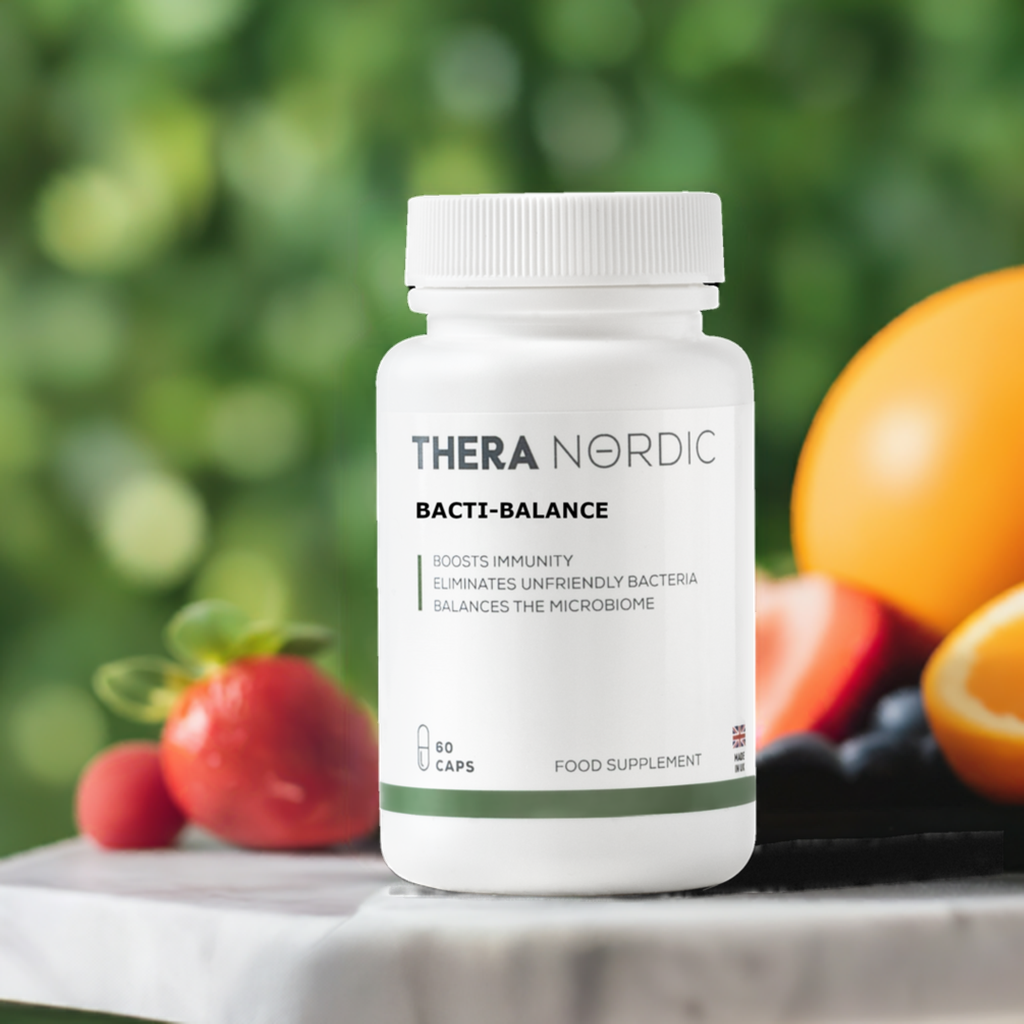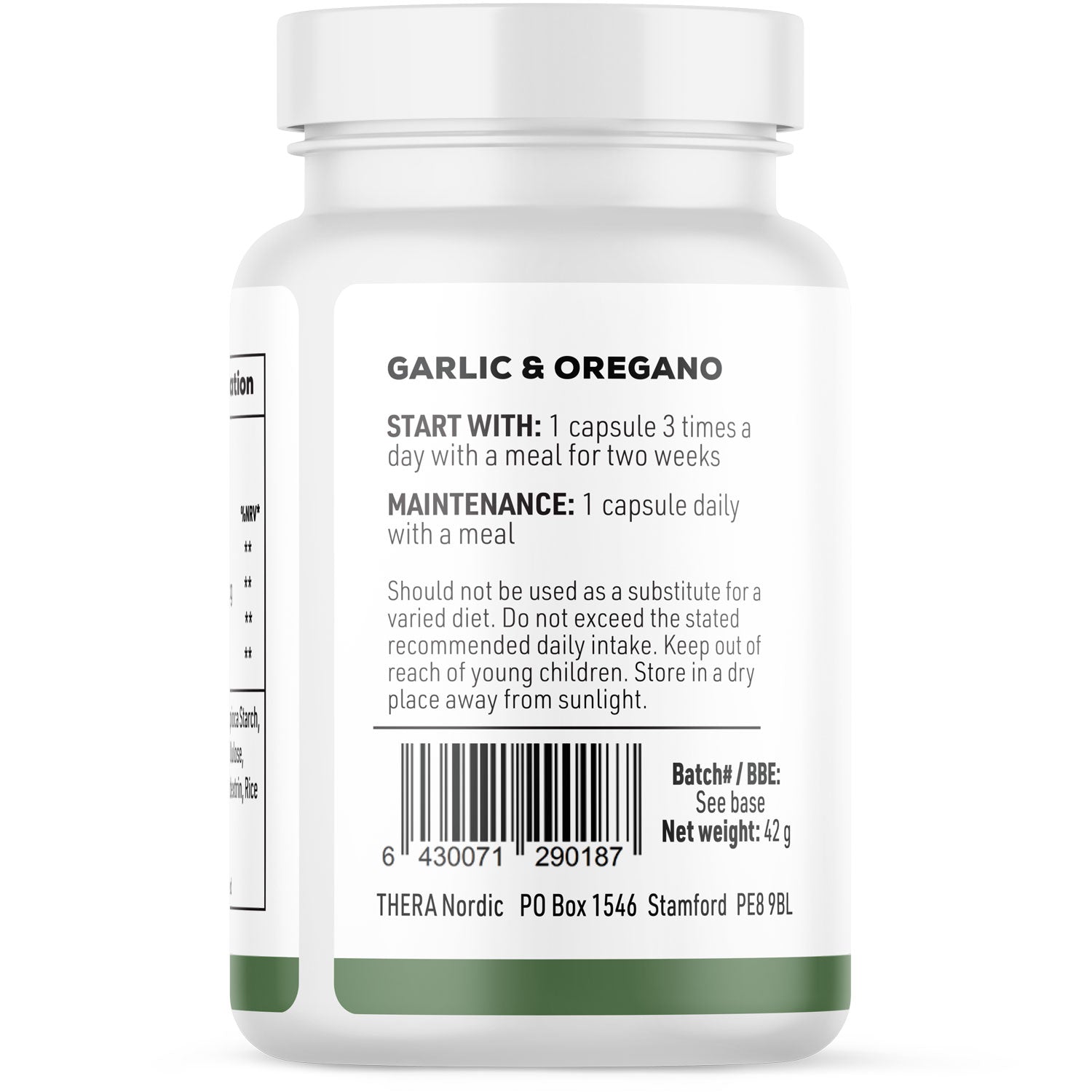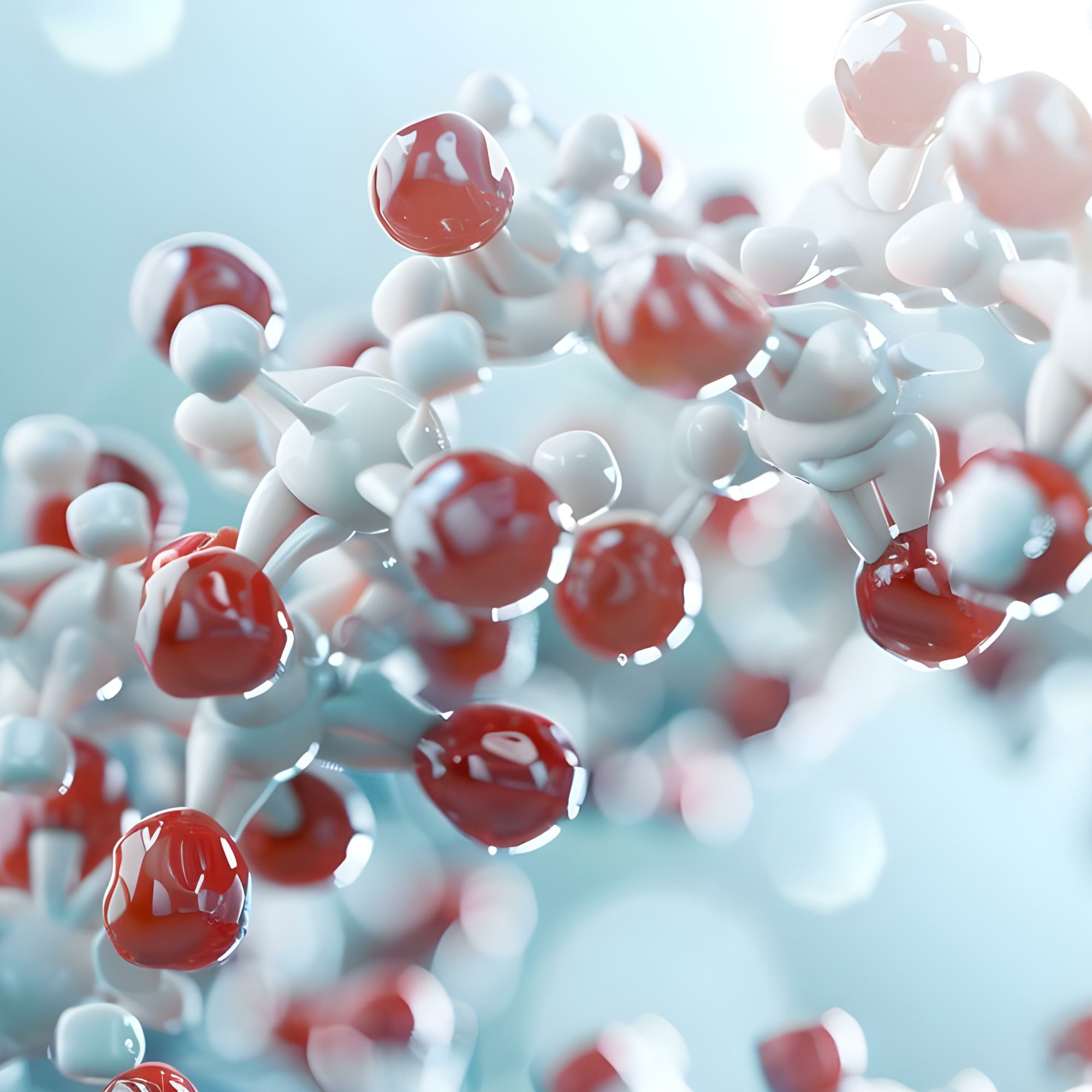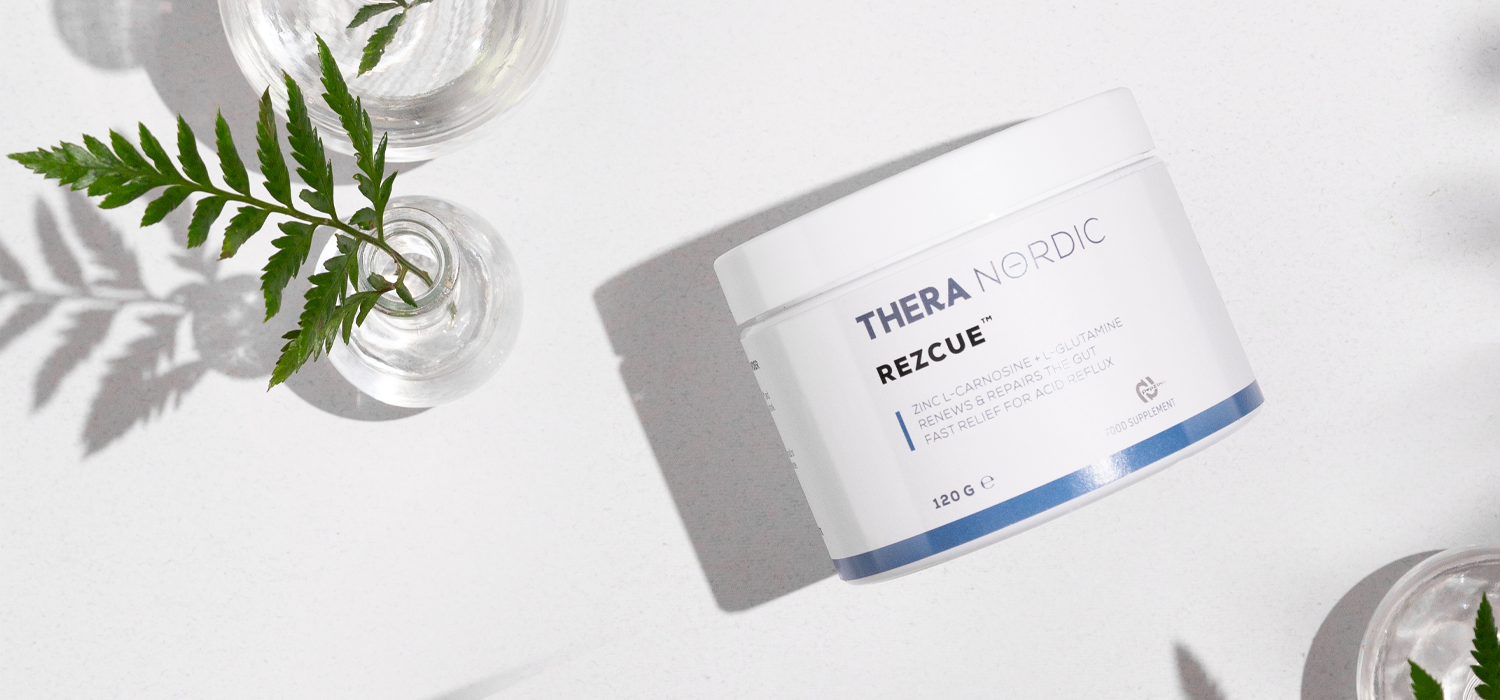Research into the antimicrobial properties of Oregano Oil and Garlic (the key ingredients of Bacti-Balance), particularly concerning their efficacy against Small Intestinal Bacterial Overgrowth (SIBO), have garnered attention due to the increasing prevalence of antibiotic resistance and the search for alternative treatments. In this article we'll look at some of the latest scientific research behind these key ingredients.
Oregano Oil
General Antimicrobial Properties of Oregano Oil
Oregano oil, primarily derived from Origanum vulgare, contains significant bioactive compounds, notably carvacrol and thymol, which exhibit potent antimicrobial activity. A review study [1] analysed 24 scientific articles and concluded that oregano oil effectively combats various bacterial pathogens.
The above study indicates that oregano oil serves as a natural antibiotic alternative, particularly against pathogens commonly associated with gastrointestinal issues. This aligns with anecdotal evidence from practitioners having used oregano oil as part of treatment protocols for SIBO and other gastrointestinal issues for decades. The scientific journal Antibiotics (2022) published a review [2] on Oregano and resistant bacteria.
Mechanism of Action of Oregano Oil: The antimicrobial activity is attributed to the ability of carvacrol and thymol to penetrate bacterial membranes, leading to cell lysis and death. They also disrupt so called biofilm, a barrier that bacteria use to resist treatments. This mechanism is particularly relevant for Gram-negative bacteria, often implicated in SIBO. Unlike regular antibiotics, Carvacrol and Thymol are only selective against pathogenic bacteria [3].
Garlic
General Antimicrobial Properties of Allicin: Garlic has long been recognised for its antimicrobial effects. The active compound in garlic is Allicin, a sulfur compound. It is the compound responsible for the characteristic aroma of garlic which is formed when garlic is crushed or chopped. Allicin exhibits broad-spectrum antibacterial activity against various pathogens. Studies have shown [4] that allicin can inhibit the growth of Gram-positive and Gram-negative bacteria, fungi, and viruses.
Mechanism of Action of Allicin: Compared to Oregano Oil and its constituents, Allicin takes a different route. In this scientific review [5] the studies show that Allicin disrupts key enzymes that are crucial for bacterial survival. It also inhibits lipid synthesis that bacteria use to build their cell membranes. Additionally it disrupts bacterial RNA synthesis, reducing their ability to multiply. It is not only effective on gut bacteria, but also disrupts urease, an enzyme used by Helicobacter Pylori, making it effective in H.Pylori infection as well.
Combining these ingredients
Oregano Oil and Garlic have been proven to be very effective in antimicrobial action. Whilst this article has focussed on bacteria, the effect is equally strong against fungi and viruses. Their mode of action is very different, making them an ideal combination for fighting off unwanted microbial growth.
Targeted delivery
Bacti-Balance is intended for small intestinal overgrowth, these can be SIBO or SIFO, meaning the unwanted growth can be either primarily bacterial or fungal. Fungal growth is usually referred to as Candida. Our ingredients are designed to tackle both problems.
What enables the targeted delivery of Bacti-Balance is our special type of capsule, which does not release its contents in the stomach. Instead, there is a delay before the capsule dissolves. When Bacti-Balance is taken with food, it will activate at the right time, releasing the ingredients into the small intestine. This way they won't become diluted and will target exactly the right area within the gut.
The ingredients are very effective against Helicobacter Pylori too. However, when treating Helicobactor Pylori, the ingredients are needed in the stomach, in which case the capsules should be opened and mixed with a liquid or a smoothie prior to ingesting.
References:
1. Analysis of the antimicrobial activity of the essential oil of oregano (Origanum vulgare): a review study on the main effects on pathogens. Research, Society and Development, [S. l.], v. 10, n. 2, p. e36810212584, 2021. DOI: 10.33448/rsd-v10i2.12584.
2. Facing Resistant Bacteria with Plant Essential Oils: Reviewing the Oregano Case. Antibiotics 2022, 11(12), 1777; https://doi.org/10.3390/antibiotics11121777
3. Composition and bactericidal activity against beneficial and pathogenic bacteria of oregano essential oils from four chemotypes of origanum and lippia genus. Rev. Med. Vet. Zoot. vol.59 no.1 Bogotá Jan./Apr. 2012
4. Garlic bioactive substances and their therapeutic applications for improving human health: a comprehensive review. Front Immunol. 2024 Jun 10;15:1277074. doi: 10.3389/fimmu.2024.1277074. PMID: 38915405; PMCID: PMC11194342.
5. Allicin and Other Functional Active Components in Garlic: Health Benefits and Bioavailability. International Journal of Food Properties, 10(2), 245–268. https://doi.org/10.1080/10942910601113327 Rahman, M. S. (2007).

